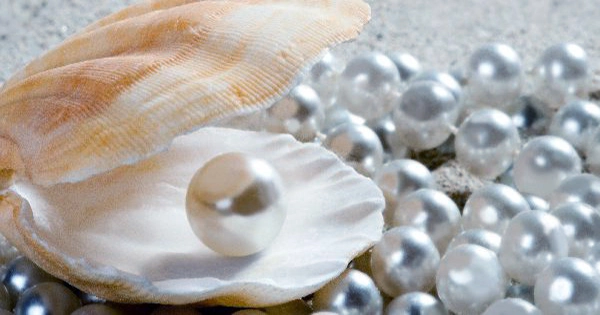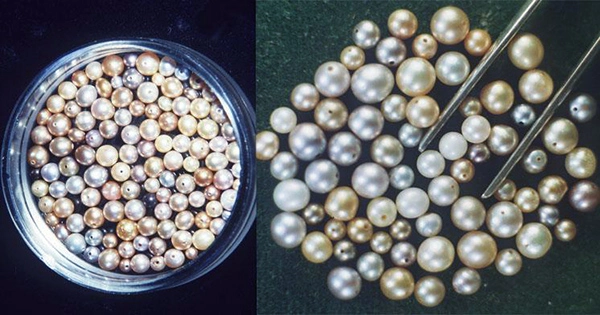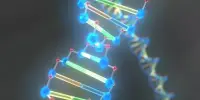In Japan, pearl oysters play a significant role in aquaculture because they provide stunning pearls that are in high demand for necklaces, earrings, and rings. Early in the 1990s, this aquaculture sector was generating about 88 billion yen yearly. However, during the past 20 years, a confluence of new diseases and red tides has caused Japan’s annual pearl production to fall from 70,000 kg to just 20,000 kg.
The Okinawa Institute of Science and Technology (OIST) and a number of other research institutions, including K. A high-quality, chromosome-scale genome of pearl oysters has been created by MIKIMOTO & CO., LTD, Pearl Research Institute, and Japan Fisheries Research and Education Agency in the hopes of identifying robust strains. DNA Research recently released the study.

One of the two original authors, Dr. Takeshi Takeuchi, a staff scientist in OIST’s Marine Genomics Unit, stated that “it’s crucial to establish the genome.” The full set of an organism’s genes, many of which are necessary for survival, make up its genome. With access to the complete gene sequence, we may conduct several studies and find out the answers to concerns about immunity and pearl formation.
One of the first mollusk genomes to be built was the Japanese pearl oyster, Pinctada fucata, whose draft genome was published in 2012 by Dr. Takeuchi and his colleagues. They carried out more genome sequencing to create a higher caliber, chromosome-scale genome assembly.
The oyster’s genome is made up of 14 pairs of chromosomes, one set of which is inherited from each parent, Dr. Takeuchi continued. Each pair of chromosomes contains two essentially identical genes, though there may be minor variations if having a wide range of genes helps an organism survive.
Traditionally, researchers combine the two chromosomes while sequencing a genome. For lab animals, which often have nearly identical genetic information between the pair of chromosomes, this works effectively.
For wild animals, however, where there are numerous gene variations across chromosome pairs, this strategy results in a loss of data.
When sequencing the genomes for this investigation, the researchers made the decision not to combine the chromosomes. Instead, they used a rather unusual technique to sequence both sets of chromosomes. In reality, this strategy is possibly being employed for the first time in studies on marine invertebrates.
Pearl oysters have a total of 28 chromosomes because they have 14 pairs of them. Modern technology was used by Mr. Manabu Fujie and Ms. Mayumi Kawamitsu of OIST to sequence the genome. All 28 chromosomes were reconstructed by the other first author, Dr. Yoshihiko Suzuki, a former postdoctoral scholar in OIST’s Algorithms for Ecological and Evolutionary Genomics who is now at the University of Tokyo, and Dr. Takeuchi. They discovered significant differences between the two chromosomes of one pair, chromosome pair 9, which is chromosome pair 8. Notably, a large number of these genes have to do with immunity. The discovery of distinct genes on a pair of chromosomes is important because the proteins can identify various viral illness types, according to Dr. Takeuchi.
He made the observation that when an animal is cultivated, there is frequently a strain that has a greater survival rate or yields more stunning pearls. Farmers frequently breed two animals with this strain, although this practice diminishes genetic diversity and promotes inbreeding. The genetic variety was severely diminished, according to the researchers, after three rounds of inbreeding. The animal’s immunity may be impacted if this decreased variety happens in the chromosome regions containing genes relevant to immunity.














